How to Solve Multiplication Rule for Probabilities?
The law of multiplication states that the probability that \(A\) and \(B\) occur is equal to the probability that \(A\) occurs times the conditional probability that \(B\) occurs, given that we know \(A\) has already occurred.
[include_netrun_products_block from-products="product/6-south-carolina-sc-ready-grade-3-math-practice-tests/" product-list-class="bundle-products float-left" product-item-class="float-left" product-item-image-container-class="p-0 float-left" product-item-image-container-size="col-2" product-item-image-container-custom-style="" product-item-container-size="" product-item-add-to-cart-class="btn-accent btn-purchase-ajax" product-item-button-custom-url="{url}/?ajax-add-to-cart={id}" product-item-button-custom-url-if-not-salable="{productUrl} product-item-container-class="" product-item-element-order="image,title,purchase,price" product-item-title-size="" product-item-title-wrapper-size="col-10" product-item-title-tag="h3" product-item-title-class="mt-0" product-item-title-wrapper-class="float-left pr-0" product-item-price-size="" product-item-purchase-size="" product-item-purchase-wrapper-size="" product-item-price-wrapper-class="pr-0 float-left" product-item-price-wrapper-size="col-10" product-item-read-more-text="" product-item-add-to-cart-text="" product-item-add-to-cart-custom-attribute="title='Purchase this book with single click'" product-item-thumbnail-size="290-380" show-details="false" show-excerpt="false" paginate="false" lazy-load="true"]
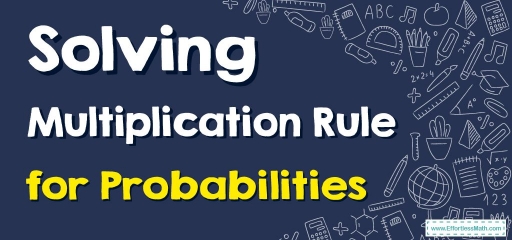
Using the multiplication rule, you can calculate the probability that events \(A\) and \(B\) occur jointly when you know the probability of event \(A\) and event \(B\) occurring separately.
Related Topics
A step-by-step guide to the multiplication rule for probabilities
Before we go into the laws of probability, let’s define a few terms:
- If two events cannot happen at the same moment, they are mutually exclusive or discontinuous.
- A conditional probability is the likelihood that event \(A\) will occur if event \(B\) has already occurred. The symbol \(P(A|B)\) represents the conditional probability of event \(A\) given event \(B\).
- An event’s complement is the event that does not occur. \(P(A’)\) indicates the chance that event A will not occur.
- The probability of both events \(A\) and \(B\) occurring is the probability of \(A\) and \(B\) intersecting. The likelihood of events \(A\) and \(B\) intersecting is indicated by \(P(A∩ B)\). \(P(A∩ B) = 0\) if events \(A\) and \(B\) are mutually exclusive.
- The probability that events \(A\) or \(B\) occur is the probability of the union of \(A\) and \(B\). The probability of the union of events \(A\) and \(B\) is indicated by \(P(A ∪ B)\).
- Events \(A\) and \(B\) are dependent if the occurrence of event \(A\) alters the likelihood of event \(B\). Events \(A\) and \(B\), on the other hand, are independent if the occurrence of event \(A\) does not affect the probability of event \(B\).
Multiplication rule
In probability theory, the law of multiplication states that given that event \(A\) has occurred, the probability that events \(A\) and \(B\) will both occur is equal to the probability that event \(A\) will occur multiplied by the probability that event \(B\) will occur.
\(\color{blue}{P(A∩B)=P(B)⋅P(A|B)}\)
By shifting the roles of \(A\) and \(B\), we can also write the law:
\(\color{blue}{P(A∩B)=P(A)⋅P(B|A)}\)
The general multiplication rule is obtained by multiplying both sides of the definition of conditional probability by the denominator. That is, in the equation:
\(\color{blue}{ P(A|B) =\frac{P(A∩B)}{P(B)}}\)
The rule is useful when we know both \(P(A)\) and \(P(B|A)\) or both \(P(B)\) and \(P(A|B)\).
Multiplication Rule for Probabilities – Example 1:
A jar contains \(5\) red marbles and \(4\) black marbles. Two marbles are pulled from the jar without replacement. What is the probability that both marbles are black?
If \(A =\) is the event that the first marble is black, and if \(B =\) is the event that the second marble is black. We know the following:
Initially, there are \(9\) marbles in the jar, \(4\) of which are black. Therefore, \(P(A)=\frac{4}{9}\).
After the first selection, there are \(8\) marbles in the jar, \(3\) of which are black. Therefore, \(P(B|A)=\frac{3}{8}\).
Then, use this formula: \(\color{blue}{P(A∩B)=P(A)⋅P(B|A)}\)
\( P(A∩B) = \frac{4}{9} \times \frac{3}{8} =\frac{4 \times 3 }{9 \times 8}=\frac{12}{72}=\frac{1}{6}\)
Exercises for the Multiplication Rule for Probabilities
A social swimming team has \(150\) members. Seventy-five members are advanced swimmers. Forty-seven members are intermediate swimmers. The rest of the swimmers are novices. Forty advanced swimmers practice three times a week. Thirty of the intermediate swimmers practice three times a week. Ten novice swimmers practice three times a week. Suppose a member of a swimming team is randomly selected.
- What is the probability that a member is a novice swimmer?
- What is the probability that a member exercises four times a week?
- What is the probability that the member is an advanced swimmer and practices three times a week?
- What is the probability that a member is an advanced swimmer and an intermediate swimmer?
- \(\color{blue}{\frac{28}{150}}\)
- \(\color{blue}{\frac{80}{150}}\)
- \(\color{blue}{\frac{40}{150}}\)
- \(\color{blue}{P=0}\)
Related to This Article
More math articles
- Bridging the Gap: From Basic Math to Algebra with “Pre-Algebra for Beginners”
- The Ultimate 6th Grade RICAS Math Course (+FREE Worksheets)
- How to Estimate Angle Measurements
- Top 10 Free Websites for CBEST Math Preparation
- How to Find the Probability of Compound Event?
- 6th Grade WVGSA Math Worksheets: FREE & Printable
- TExES Core Math Practice Test Questions
- How to Help Your 6th Grade Student Prepare for the Maryland MCAP Math Test
- How to Write a Good Mathematics Dissertation on a Top Mark?
- Top 10 Math Books for 8th Graders: A Roadmap to Excellence








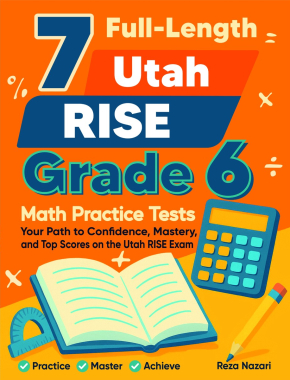

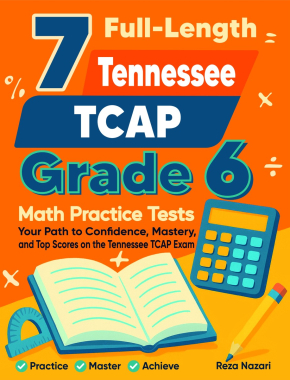

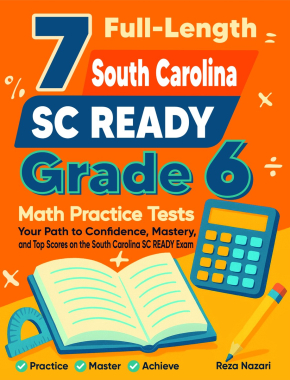




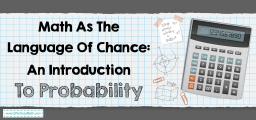
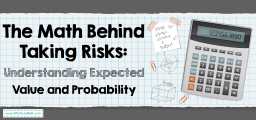





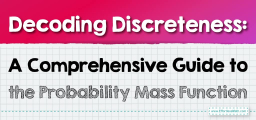

What people say about "How to Solve Multiplication Rule for Probabilities? - Effortless Math: We Help Students Learn to LOVE Mathematics"?
No one replied yet.